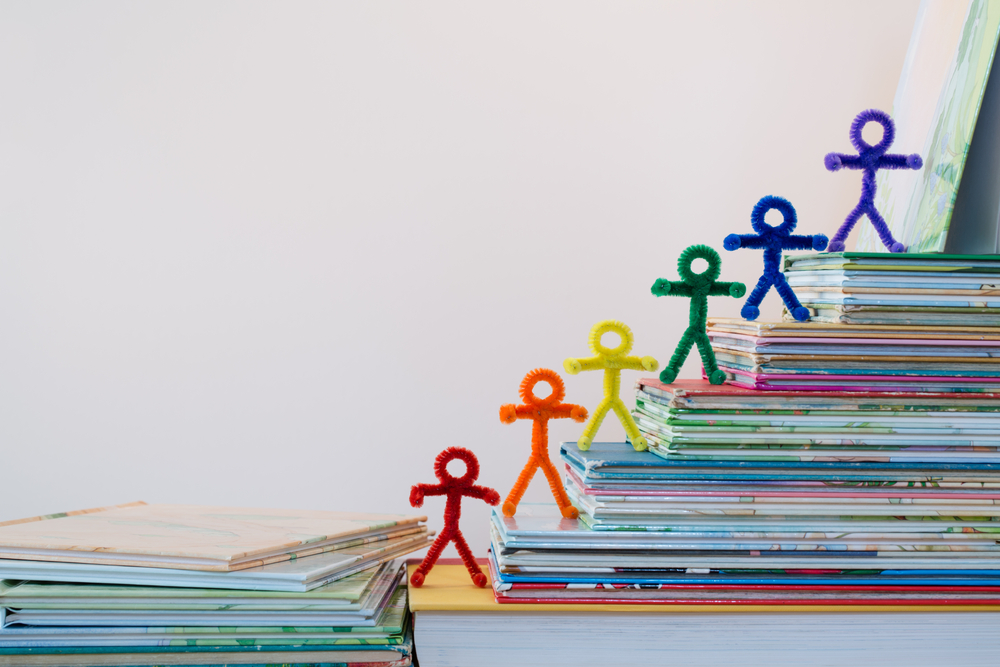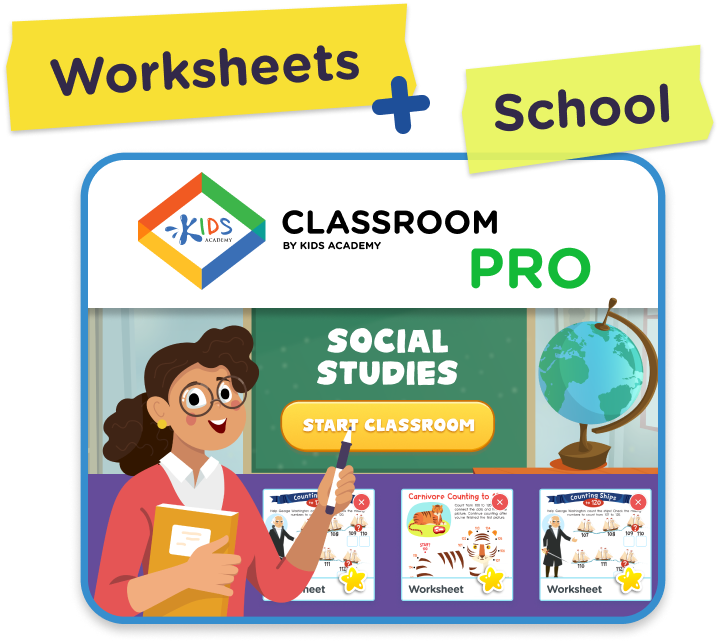Word Recognition Grade 3 Building Vocabulary Worksheets
7 filtered results
-
From - To
Enhance your third grader's reading skills with our engaging Word Recognition Building Vocabulary Worksheets! Designed specifically for Grade 3 students, these worksheets focus on helping children recognize and understand new words in various contexts, boosting their vocabulary and comprehension. With fun, interactive exercises, students will practice identifying words, using them in sentences, and exploring synonyms and antonyms. These resources are perfect for reinforcing classroom learning, supporting homework help, or comprehensive review. Make word recognition enjoyable and effective, ensuring your child develops a strong language foundation that will last a lifetime. Start building your child's vocabulary today!


Phonics and Word Recognition: Assessment 3 Worksheet


Ocean Animals Word Search Printable


Thanksgiving Word Search Sight Words Worksheet


Happy and Sad Words Coloring Worksheet


National Parks Word Search Worksheet


Tired and Worried Words Coloring Worksheet
Word recognition in Grade 3 is crucial for building a strong vocabulary, which significantly impacts students’ reading comprehension and overall academic success. At this stage, children transition from learning to read to reading to learn. Effective word recognition enables them to process text quickly and fluently, allowing for a deeper understanding of the material.
Parents and teachers play a pivotal role in facilitating this development. By encouraging practices such as reading aloud at home, discussing new words, and providing diverse reading materials, adults can help children expand their vocabulary and enhance their word recognition skills. This also fosters a love for reading and increases students' confidence.
Moreover, a robust vocabulary is linked to improved verbal skills, writing ability, and critical thinking, all essential for future educational endeavors. When students build a strong lexical foundation, they become more proficient in various subjects, including science and math, where terminology plays a crucial role. Moreover, vocabulary development can facilitate social interactions by equipping children with the language skills necessary for effective communication. In conclusion, investing in vocabulary building through word recognition empowers students academically and socially, making it a priority for both parents and educators.
 Assign to My Students
Assign to My Students














